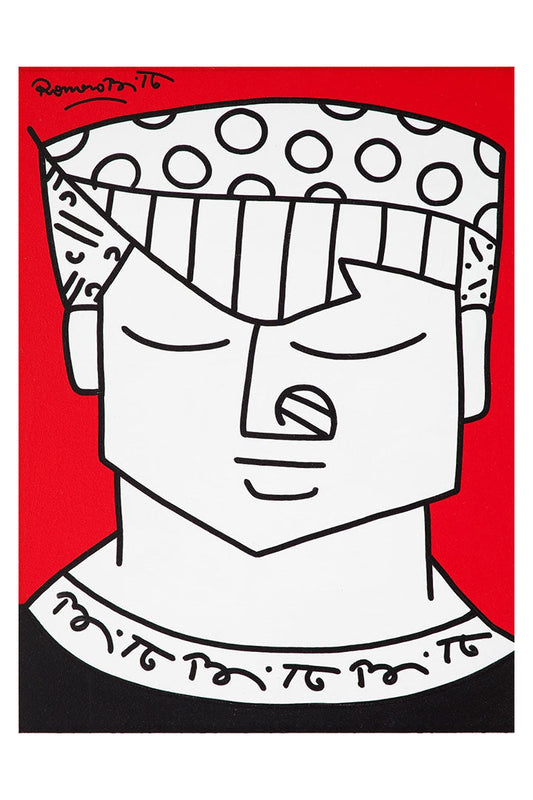
Hallucinogenic Bullfighter: The Meaning of Salvador Dalí's Work
The Hallucinogenic Bullfighter , created by Salvador Dalí between 1968 and 1970, is one of the most emblematic expressions of the Catalan artist's late surrealism. In it, Dalí mixes personal references, complex symbolism and visual hallucinations that defy logic and provoke multiple interpretations. But after all, what does this intriguing painting mean?
The construction of the image: a layered hallucination
The Hallucinogenic Bullfighter is a masterful example of the paranoid-critical technique developed by Dalí. At first glance, the painting appears to be a chaotic scene with disconnected elements. However, as the eye moves through the work, several figures emerge in seemingly abstract forms.
The central figure of the bullfighter, for example, is formed from the superimposition of several statues of the Venus de Milo , whose shadows and contours give rise to the bullfighter's face. The red cloak represents the traditional Spanish costume, and the rose symbolizes Gala, Dalí's muse and wife, who also appears in an ethereal form in the upper left corner.
Cultural criticism and Spanish symbolism
Dalí was known for his ambiguous relationship with Spanish bullfighting tradition, and The Hallucinogenic Bullfighter reflects this conflict. The bullfighting arena appears in the background, populated by figures and spectators in mesmerizing poses. The bullfighter symbolizes both the virile strength and the violence of the bullfighting tradition, something that Gala—who was notoriously anti-bullfighting—disapproved of.
Furthermore, elements such as the dying bull and the drops that appear to be blood add a layer of criticism to the brutality of the spectacle. The very repetition of the Venus de Milo, a figure from classical antiquity, suggests an opposition between idealized beauty and the barbarity of bullfighting.
The subjective dimension of the Hallucinogenic Bullfighter
Like much of Dalí's work, The Hallucinogenic Bullfighter is deeply subjective. Images appear and disappear as attention shifts, as in a dream or delirium. It is this characteristic that makes the work considered a visual experience, where perception transforms with each new observation.
The presence of multiple symbols — such as flies, colored dots, water, shadows and animals — encourages the viewer to interpret freely, navigating between the conscious and the unconscious.
Conclusion on Hallucinogenic Bullfighter
The Hallucinogenic Bullfighter is a true visual and emotional journey that synthesizes Dalí's personal obsessions, his technical mastery and his unique vision of the world. The work is, above all, an invitation to contemplate and question reality.
Whether you're an admirer of surrealism or just curious about artistic interpretations, this painting is a vibrant example of how art can transcend the limits of reason and become hallucination.



